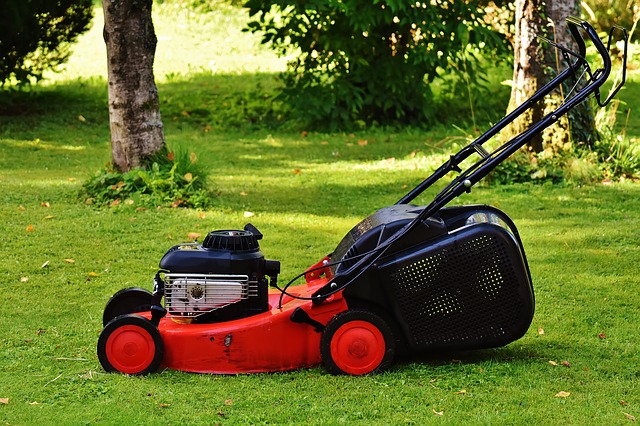Lawn Care: Season-by-Season Guide
Image by Here and now, unfortunately, ends my journey on Pixabay from Pixabay
Lawn maintenance doesn’t end with regular mowing during the warmer months. You should keep your grass healthy throughout the year and wisely use a lawn leveler, trimmer, scarifier, shears, and other garden tools. In this article, you will find a season-by-season guide with a list of recommended activities for every homeowner.
Winter
Although winter is considered a resting period for all plants, your work should not stop. Professionals advise to regularly level the fallen snow and prevent it from accumulating in one place. Also, if thaws occur in your area, you should break the ice crust with a stick. These simple tips will keep you from dead grass and bare ground in the spring.
As soon as the air warms up a little and the snow melts, let the ground dry out a little. Try not to step on the lawn and, even more so, use heavy equipment. It can leave deep marks and furrows that can be difficult to fix. Periodically inspect the area for pits and holes in which water accumulates. These places will need to be leveled.
Spring
Full lawn care begins when the ground is almost dry. Remove leftover leaves and other debris from last year. Use a scarifier to “comb” the lawn, remove dead grass, and slightly lift the top layer. After that, experts recommend aeration using a rake or scarifier to oxygenate the soil.
Together with the grass, weeds will wake up from sleep. Pay particular attention to the perennial plants’ removal. You can use pre-emergent herbicides in conjunction with hand tools to work more efficiently.
If necessary, sow the bald patches with the same seeds you used earlier. If your lawn has visible areas damaged by fungi, apply herbicides. Otherwise, the disease can spread everywhere. When the grass reaches 4 inches, the first mow can be done. After the second session, feed the lawn with nitrogen fertilizers.
Summer
Continue to mow your grass regularly and carry out weed removal work. You can also feed it with complex fertilizers. Monitor rainfall conditions and adjust watering based on weather conditions. If dry periods drag on, you can leave grass clippings on the surface instead of picking them up. It will protect the lawn and the ground from excessive drying out.
At the end of summer, professionals advise starting preparing the area for the fall and winter months. It includes:
- Gradually reducing the watering frequency;
- Lowering the number of mowings per week;
- Re-treating with fungicides and herbicides;
- Overseeding bald areas.
Feed the plants with nitrogen fertilizers to stimulate growth.
Fall
Your main task in the fall is to collect falling leaves and other organic debris. A thick layer of waste prevents the sun and water from reaching the grass, slowing its growth and increasing the likelihood of disease. During this period, it is useful to carry out scarification and aeration, as well as fertilize the lawn with phosphorus-potassium tools to help the plants survive in winter.
It is recommended to cut the grass even less often. Depending on the region, the last treatment is usually done in late October or early November. Don’t be afraid to leave your lawn too short. It is much better for its health than being too high. As soon as the season of regular rains begins and the air temperature drops, protect the lawn from any interference: do not walk on it or use garden equipment.
Success Lies in a Phased Approach
It is not so difficult to care for the lawn if you know what work should be done during what period. Don’t be afraid of complex or large-scale tasks; just divide them into several small points and do it gradually. Modern equipment will help you to fulfill any gardening goals.

